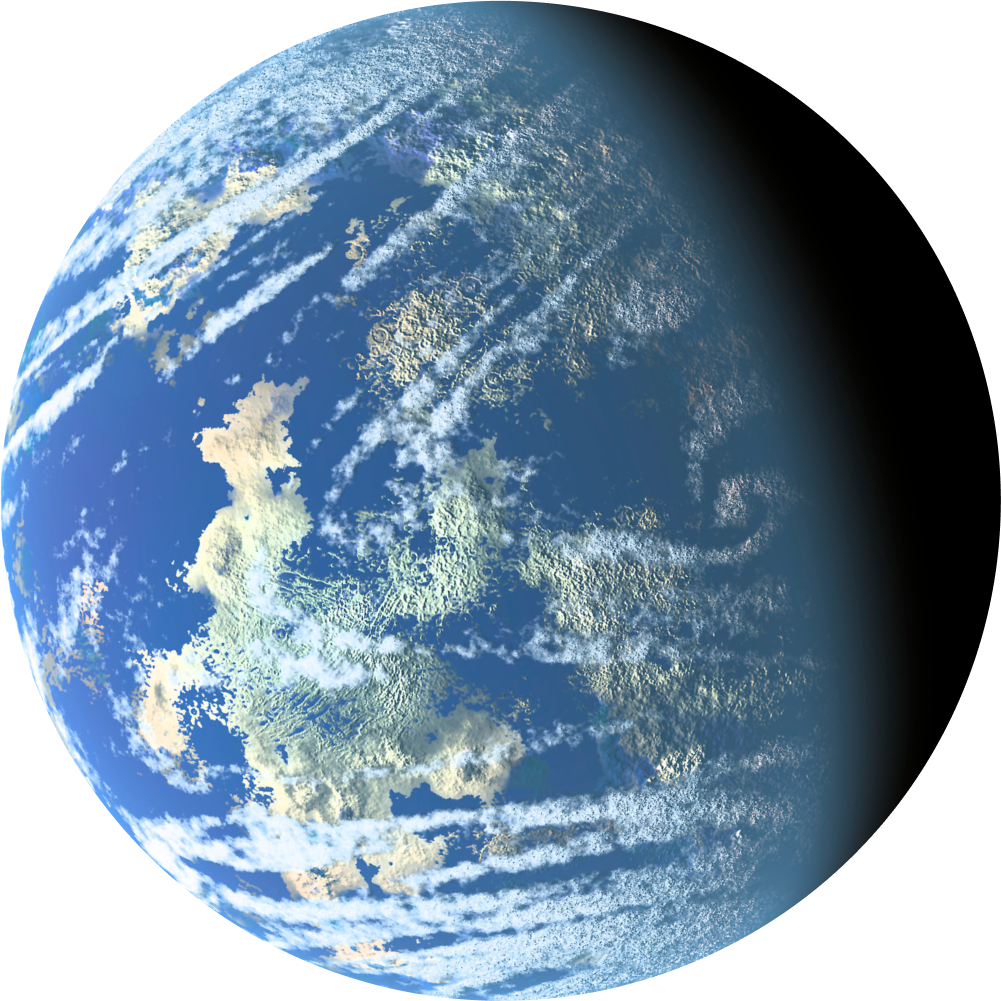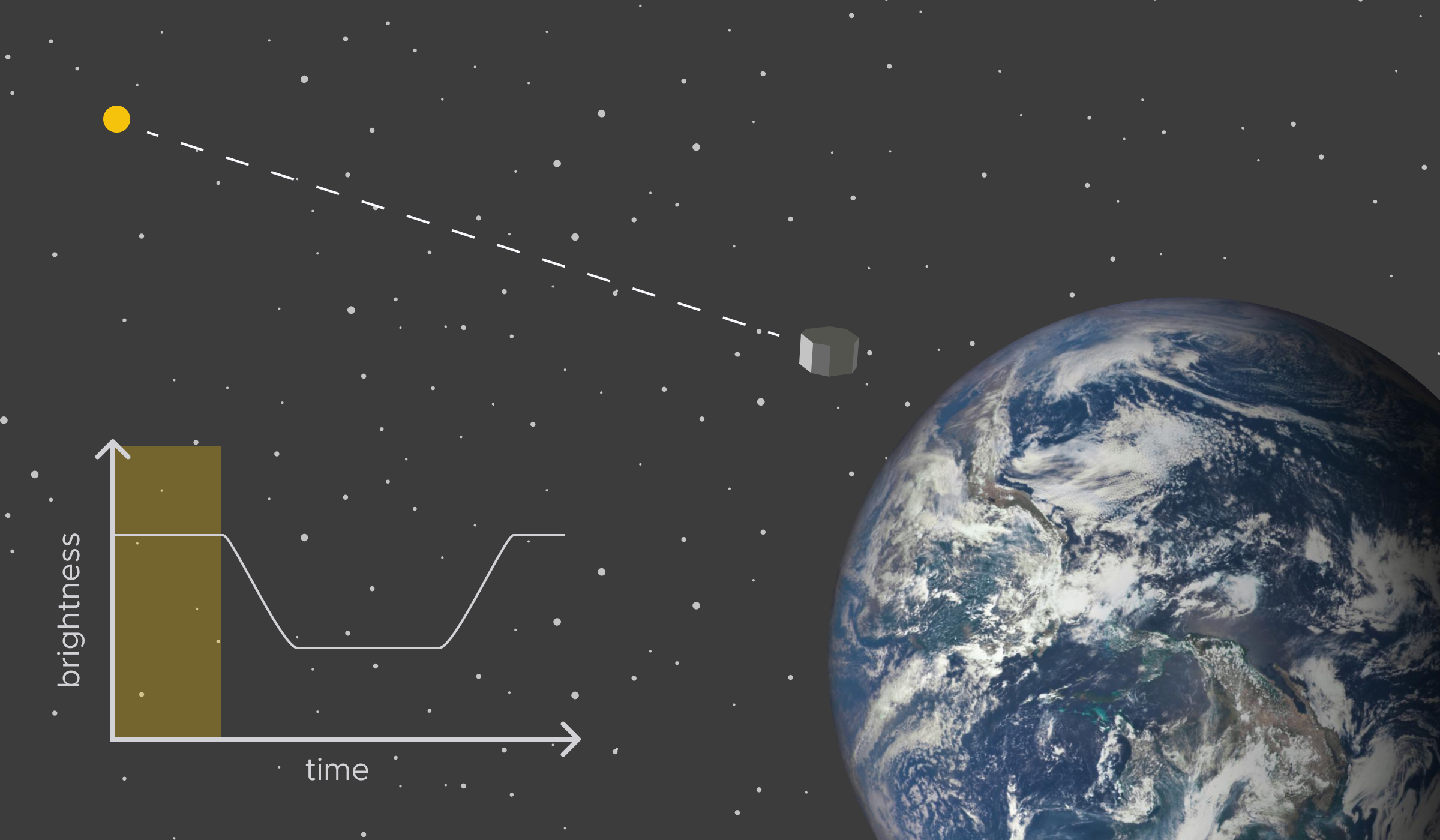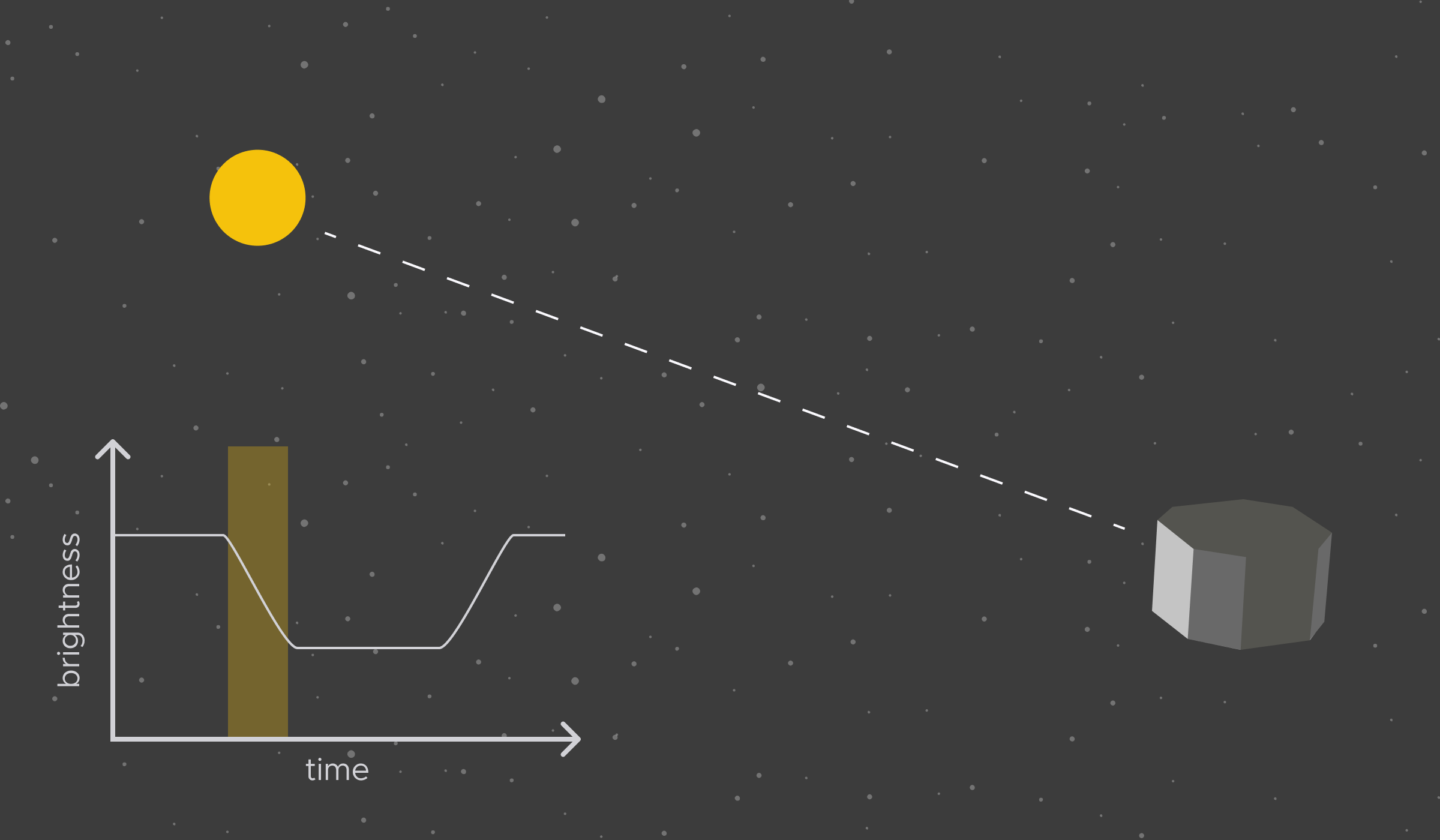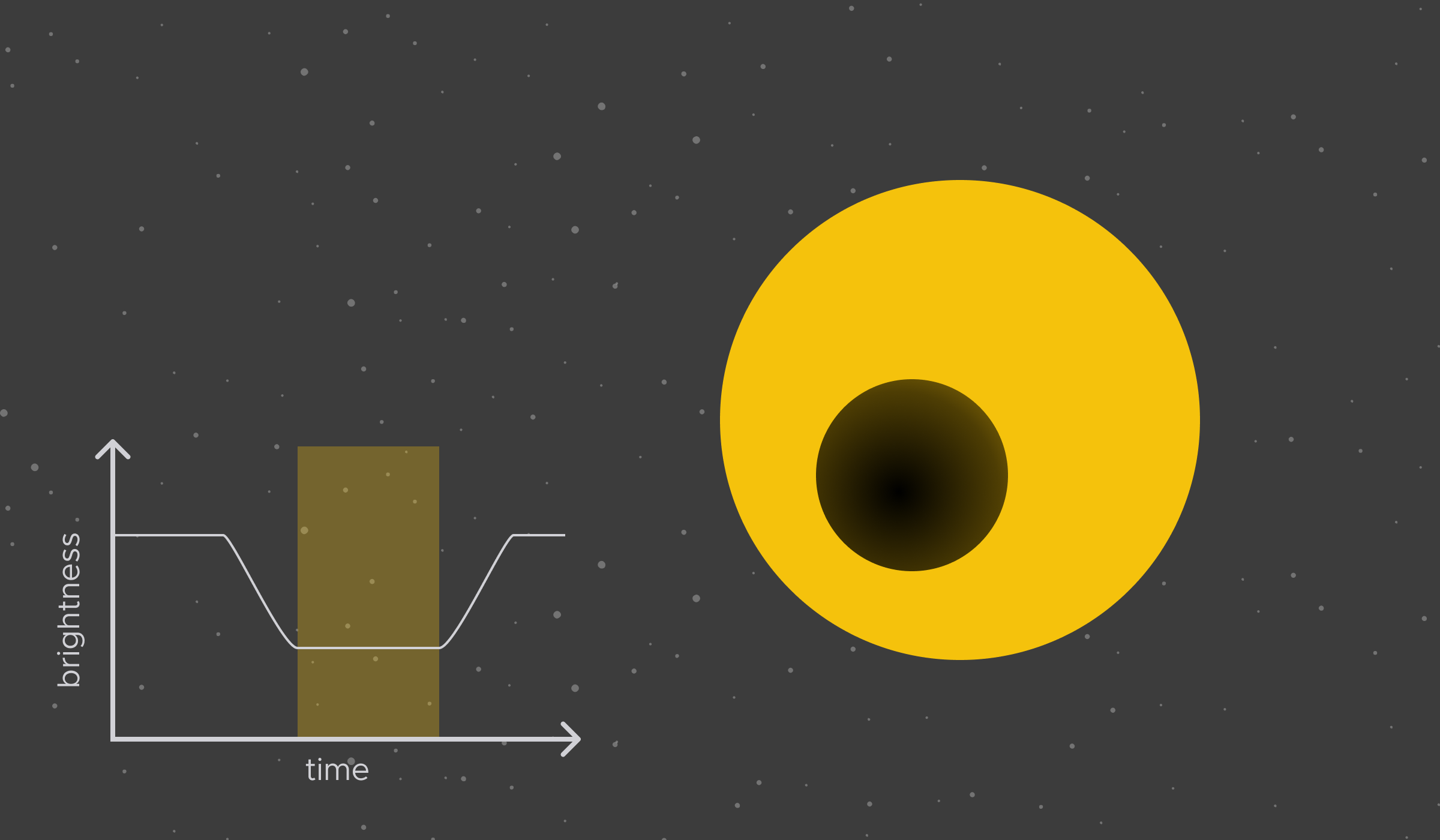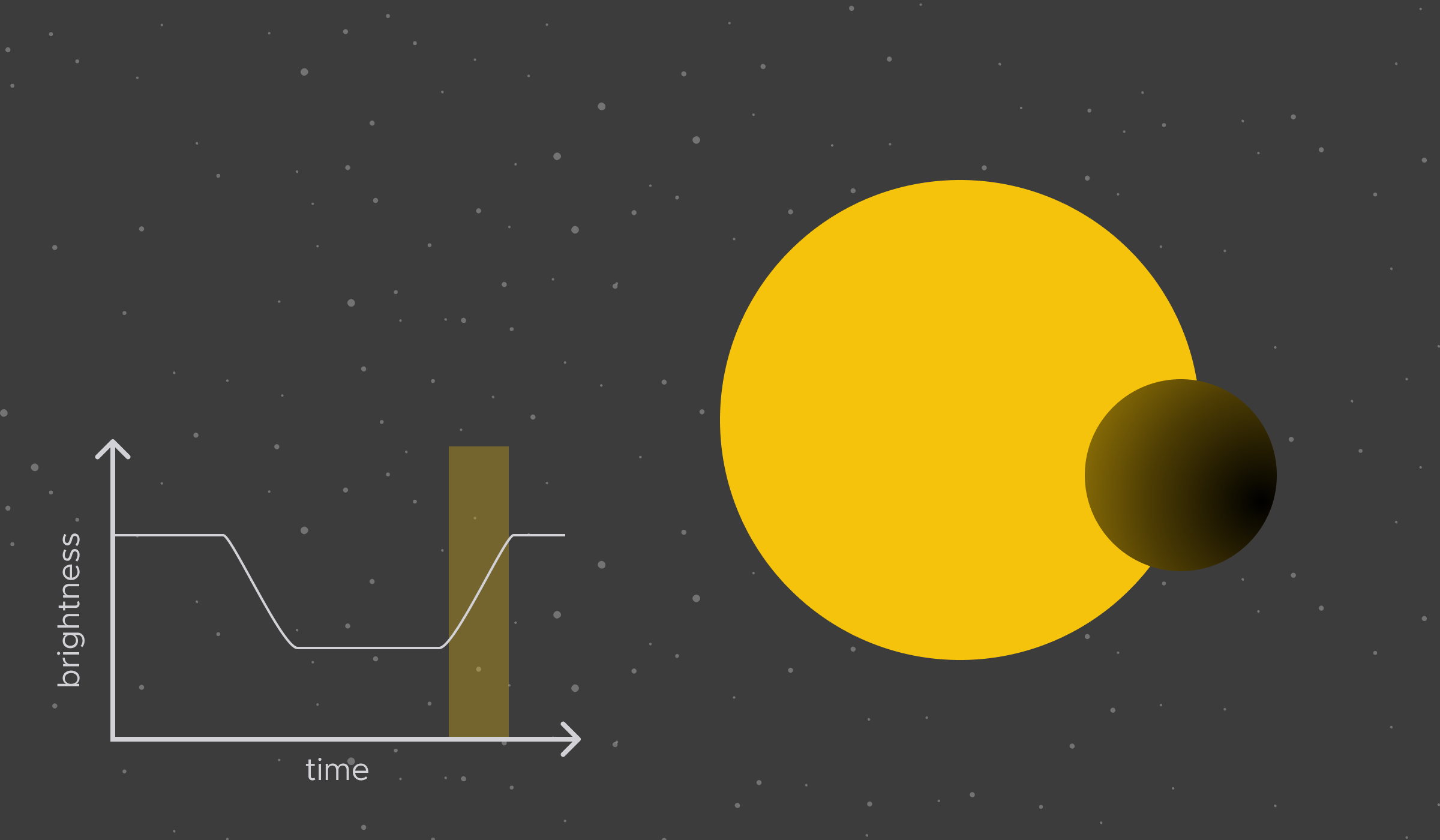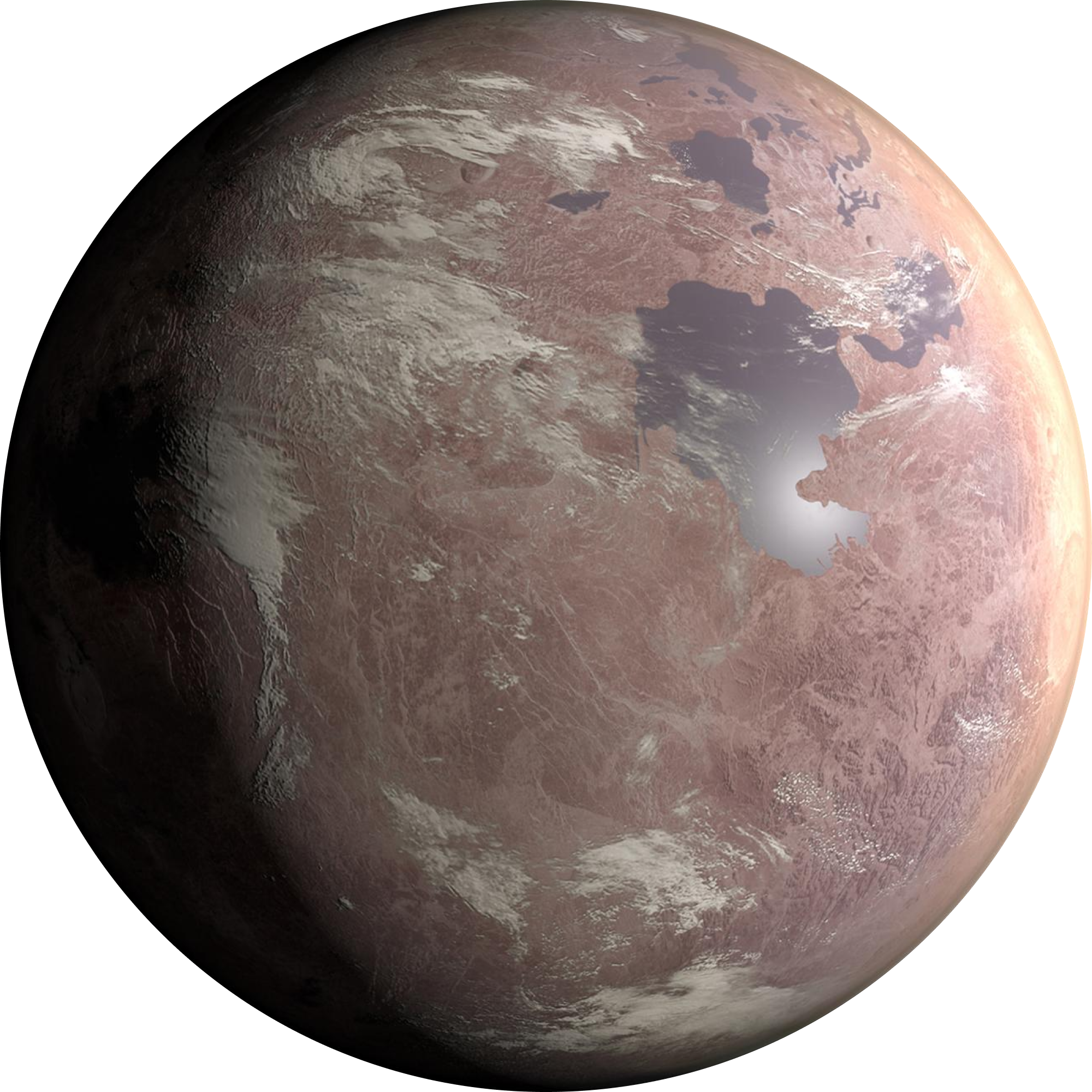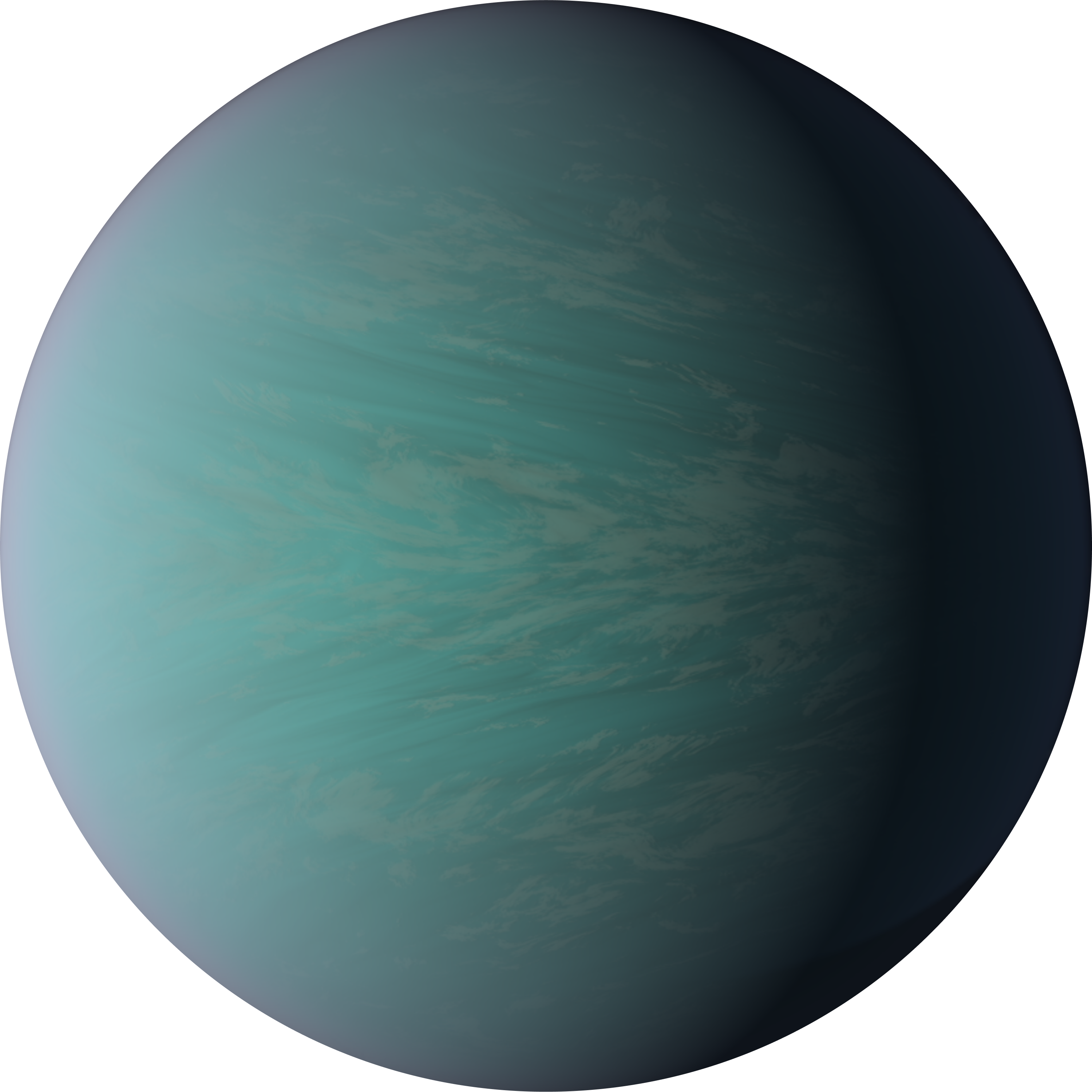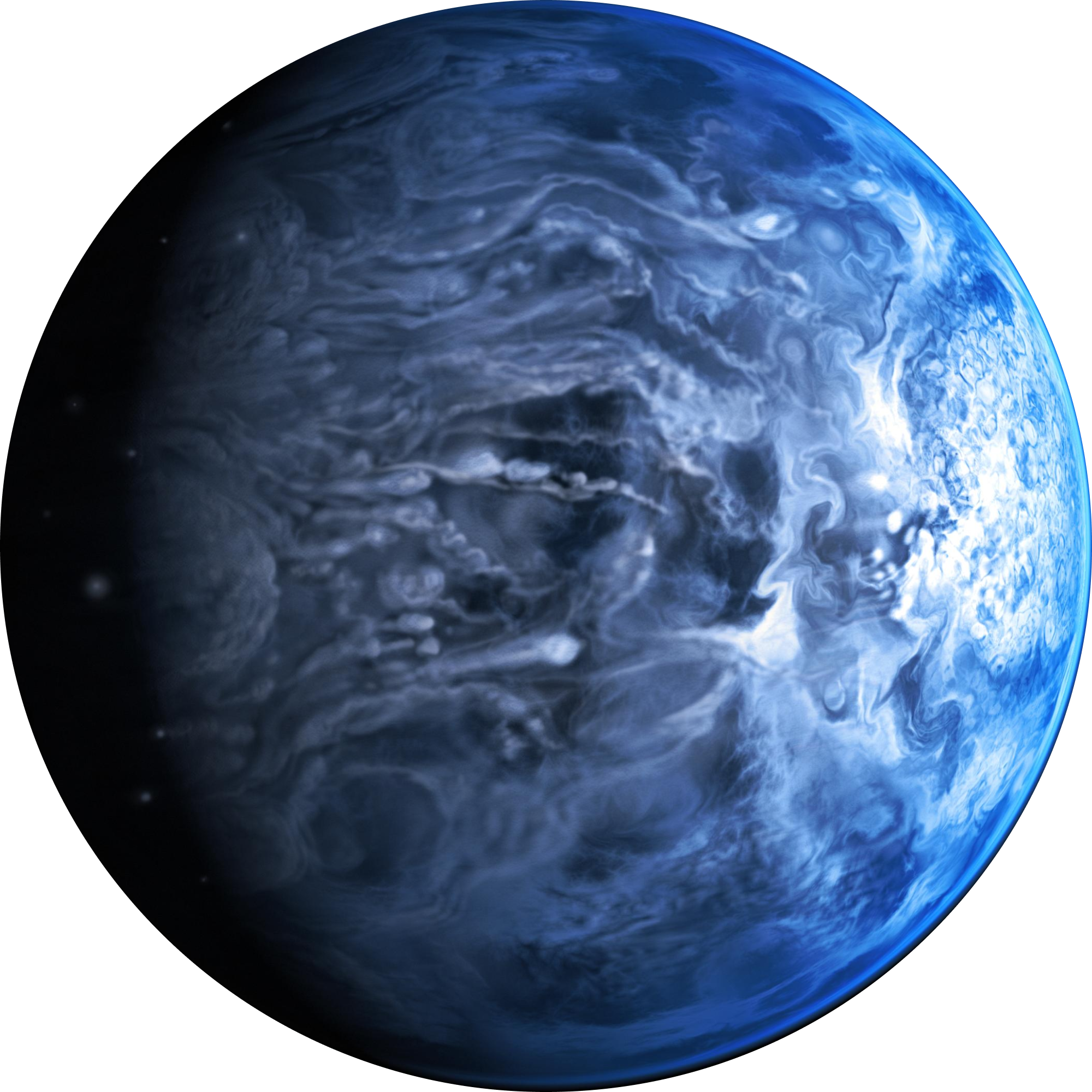Stage One
Photometric Observations of Exoplanet Transits is detecting light
400 kilometers from planet Earth, Photometric Observations of Exoplanet Transits (POET) is in orbit. For the past 7 days, a regular beam of light, emitted by a far Sun-like star, has been detected by it’s photometer. POET is staring at the light, recording every particle.
Stage Two
The observed light begins to dim
Day 7, 12th hour of observation: the observed light begins to dim. Within minutes, the brightness fades. The cause? A distant spherical object.
Stage Three
Only meager particles of light are now detected
The object seems to be crossing in front of the star, therefore casting a shadow on the satellite. As the object moves farther from the edges of the star and closer to its middle point, the shadow increases. The shadow is now casting POET’s lenses in a state of near-total darkness. Only meager particles of light are now detected by the photometer.
Stage Four
The light slowly re-emerges
As the shadow fades and light comes into view, the spherical object vanishes, reaching the edge of the Sun-like star, only to disappear behind it as the object’s orbit continues.
